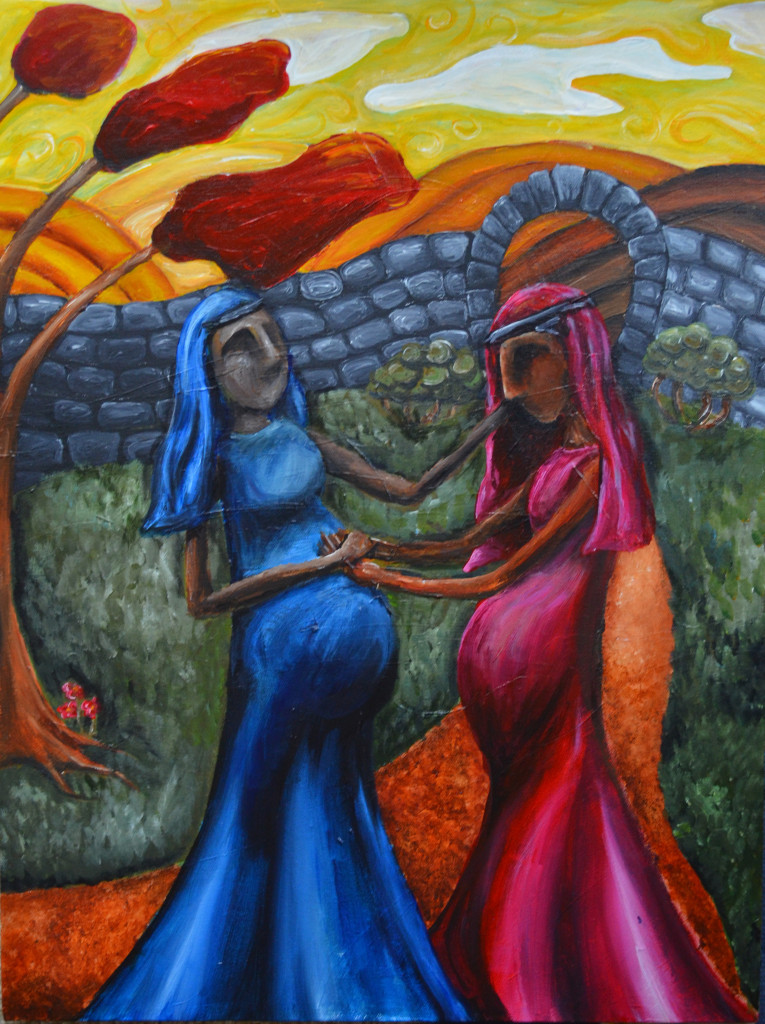


Women are crucial figures in the history of Christianity. And if it wasn’t for the faith and obedience of women, the divine message of Christmas may never have been told. The way Jesus is introduced to us is different in every Gospel story. In the Gospel of Matthew, we receive an account of Jesus’ lineage, a genealogy that traces Jesus back to the patriarchs of Israel. The shortest Gospel, Mark, wastes no time and introduces Jesus to us through his baptism by John the Baptist. In the Gospel of John, we receive a prologue that is more like a Baptist anthem celebrating the entry of God into the world. However, it is Luke’s Gospel that most influences the Christmas celebrations in Western culture.
Christmas pageants in schools across the country owe a great debt to the Gospel of Luke, for it is only in this Gospel that we have the account of Jesus being ‘born in a manger’ (Luke 2:7). It is also only in Luke that we have the image of shepherds being present at the birth of Jesus (Luke 2:8-20).
With regard to the women, it is only Luke’s Gospel that tells us about the moment Mary found out about God’s plan for her to carry the infant Jesus. It is impossible to tell the story of Jesus without acknowledging Mary and Elizabeth’s stories. Jesus’ birth narrative is told through the lenses of a young girl and a barren woman.
Mary’s response to all of this is quite remarkable, considering it puts her in a much tighter spot than Elizabeth. It is important to understand that Mary is not yet married to Joseph; she is betrothed (or promised) to him. Joseph would be well within his rights to spurn a pregnant fiancé. It is also worth noting that we read nothing about Joseph’s input or consent in this story at all. What Luke does provide us with is the Magnificat of Mary, or Mary’s Song of Praise, which is described as presenting her surrender and submission to God’s will (Luke 1:46-55.)
Let’s pause for a moment, and think on that. Both Mary and Elizabeth are informed by celestial messengers that they will not only conceive, but that their sons will be used mightily by God in God’s plan of salvation.
Can you even imagine the enormity of this? Here is a young girl about to be married to a man with a steady paycheck, who knows what could happen to her if she is found to be pregnant before the ceremony, and still she says yes to God. Although it could easily be argued that she did not have much of a choice, it is interesting that the angel doesn’t leave Mary until she says: “here am I, the servant of the Lord; be it done with me according to your word” (Luke 1:38).
Did Mary want to do this? Did she feel pressured to give in? The feminist in me is slightly troubled by this notion of whether or not God have honored Mary’s no, and selected another. But I also consider that through Mary, and also through her relative Elizabeth, God’s plan for humanity is coming to fruition. Elizabeth, a woman not only past her ‘child-bearing’ years but had previously been barren, is now pregnant with John the Baptist. Mary and Elizabeth are simultaneously pregnant with the way and the way-maker. That a barren woman is pregnant is the epitome of the Christian hope: “that nothing will be impossible with God” (Luke 1:37). Two pregnancies that happen outside of the natural order of childbirth are pivotal to the Jesus story.
The divine encounters of Mary and Elizabeth have inspired musicians and artists from every era, looking for inspiration in telling the Christmas message: that Jesus the Christ is born. The greatest story of our time is told through two women having an experience that is unique to women. Their stories remind us that God can and will use our day to day realities to change the world, to bring hope to the world, and that no matter what one’s social status in life is or is perceived to be, no one is too insignificant to be used for divine purpose.